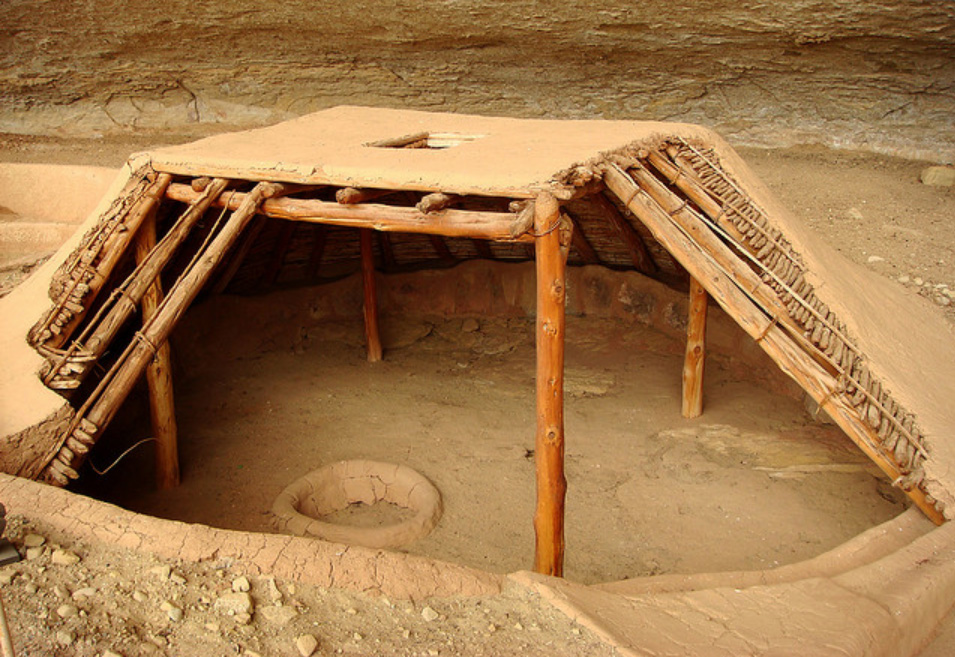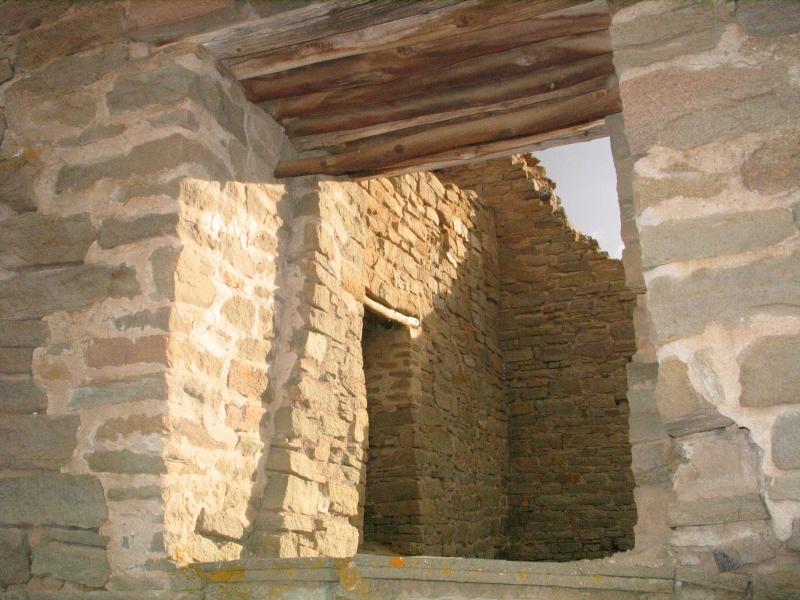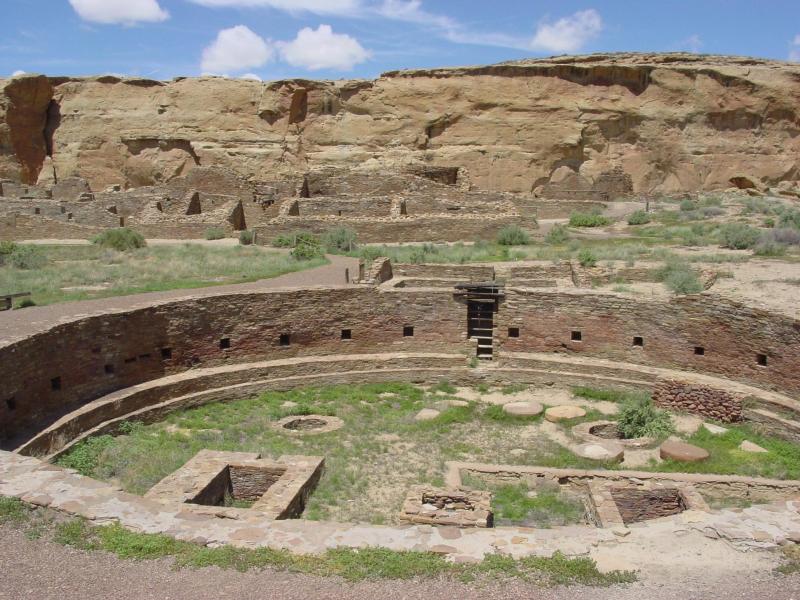- Home
- >
- Ancient Cultures
- >
- Ancestral Pueblo
The Ancestral Pueblo (previously called Anasazi) region falls largely along the Colorado Plateau in the northern half of the Southwest. Most archaeologists have ceased using “Anasazi” because many contemporary Pueblo people oppose the term. As the name “Ancestral Pueblo” suggests, people in this region were among the ancestors of today’s Pueblo people.

At the earliest Ancestral Pueblo sites, people dwelled in deep pithouses (subterranean structures with a wood and earth superstructure) with roof entryways. These villagers made gray ware pottery (referring to the color of the clay) and beautifully woven baskets and sandals. To form vessels, potters in the Ancestral Pueblo region built up coils of clay and then scraped them smooth, which we call the coil-and-scrape technique—an uncharacteristically straightforward term borrowed from contemporary ceramic artists.

Later in time, people in the Ancestral Pueblo region began to build aboveground stone-masonry structures (commonly known as pueblos), and they commenced making beautiful black-on-white, red, and multicolored (polychrome) pottery. People in this region also built large structures that they probably used for religious observances. Archaeologists call the most common forms of these structures great houses (large and impressively built pueblos) and great kivas (round, semi-subterranean structures used as spaces for religious purposes or other large gatherings). The largest and most elaborate of these structures are located in Chaco Canyon, New Mexico, which was an influential center between about A.D. 900 and 1150.

Want to learn more? Explore the major concepts, places, cultures, and themes that Southwestern archaeologists are exploring today in our Introduction to Southwestern Archaeology.
Details
Related to This
-
Location Canyons of the Ancients Visito...
-
Location Escalante Pueblo
-
Location Lowry Pueblo
-
Location Dominguez Pueblo
-
Location Mesa Verde National Park
-
Location Chaco Culture National Histori...
-
Location Petrified Forest National Park
-
Location Chimney Rock National Monument
-
Location Clover Ruin
-
Location Dittert Site
-
Location Wupatki National Monument
-
Location Walnut Canyon National Monumen...
-
Location El Morro National Monument
-
Location Elden Pueblo
-
Location Crane Petroglyph Heritage Site
-
Location Kinishba Ruins National Histor...
-
Location Gila Cliff Dwellings National ...
-
Location Navajo National Monument
-
Location Canyon de Chelly
-
Location Palatki and Honanki Heritage S...
-
Location Tusayan Pueblo (Grand Canyon N...
-
Location Puye Cliff Dwellings
-
Location Tonto National Monument
-
Location Aztec Ruins National Monument
-
Post What’s in a Notch?